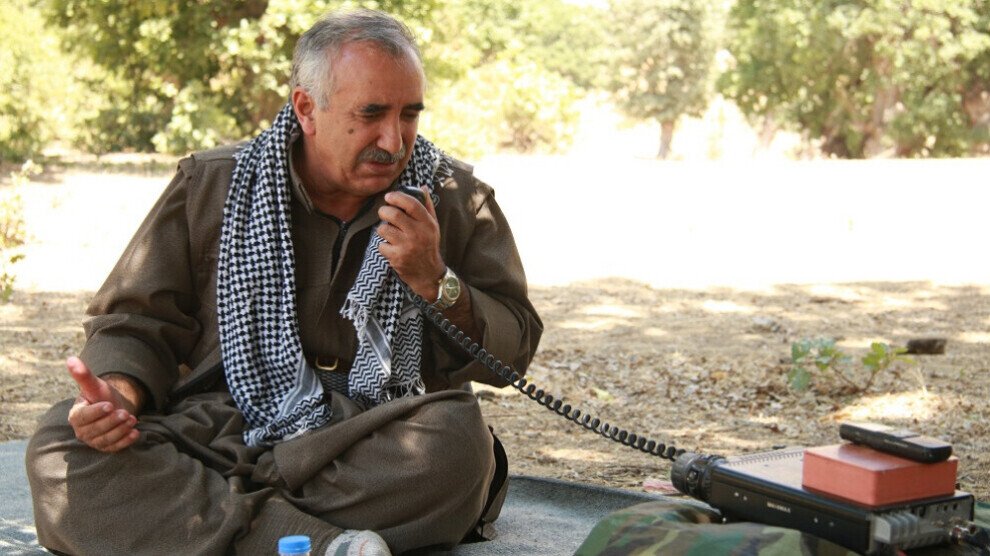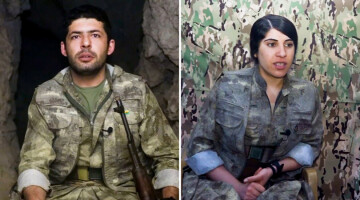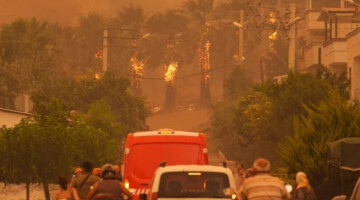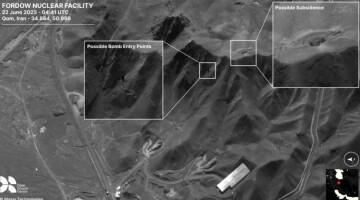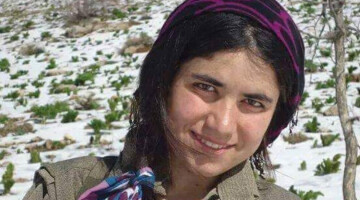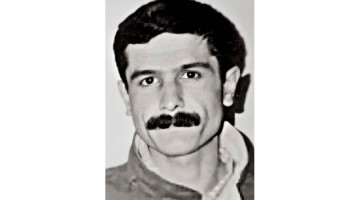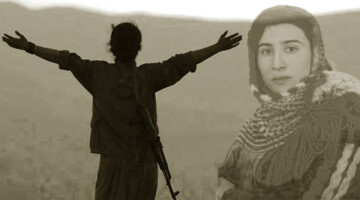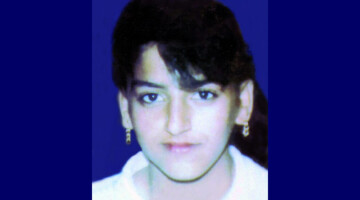After the failed attack on Gare in February, the Turkish army launched a comprehensive operation in the guerrilla areas of Avaşîn, Zap and Metîna. All war technologies have been used for over six months. The existing chemical weapons have seen the addition of new warfare agents in order to finally put down the resistance. Murat Karayılan, commander of the headquarters in the People's Defense Center (Navenda Parastina Gel), explained in a radio-broadcast address to the guerrillas on October 23 how the resistance is going and what the consequences are. As an example, he cited the resistance areas Girê Sor and Werxelê in Avaşîn.
Tunnel warfare and specialized small groups
Karayılan pointed out that at the beginning of the invasion on April 23, the Turkish army assumed that they would be able to occupy Avaşîn, Zap and Metîna within a short time and then attack Gare and Qandil. The invasion should be completed within two to three months. However, the guerrillas introduced two tactical innovations during this time: fighting in small specialized groups and defending the liberated areas in tunnels.
With these two methods, guided missiles and the air force have been rendered ineffective, according to Karayılan. If the target becomes smaller, disappears into the terrain or retreats into the underground positions, the Turkish army has nowhere to attack. At the same time, these areas where small groups and tunnels are located have become areas of resistance. The Turkish army has miscalculated the strength of guerrillas and is stuck, said Karayılan.
With the war of tunnels, a new page was definitely written, but the maneuverability of specialized small groups in guerrilla warfare had also made both intelligence and technology of the enemy fail, stated Karayılan. This has proven that conspiracy, discipline and camouflage can beat the enemy intelligence service and weapons technology.
The location of the Girê Sor
Karayılan said this about the resistance at Girê Sor: “Girê Sor lies exactly on the border line between Bakur and Başûr [North and South Kurdistan]. The border stone is in the middle of the summit. One side of the mountain is across the border. The enemy had the Girê Sor in view for a long time and had also attacked it several times with tanks and grenades. In fact, this mountain was like a dagger in its heart. The enemy has not dared attack there for years.”
"Completely enclosed"
When the enemy attacked on 23-24 April, the first target was Mamreşo. In this way the rear side of the Girê Sor was taken. On 14 June, Tepê Silêman was attacked and captured. For this reason, it was not possible there, as in other places, to wage war with small units. There were no units near the comrades who could come to their aid and strike the enemy. The comrades knew all this and that is why the resistance led by our valuable commander Botan Özgür from Serhildan, Zinarîn, Baz, Özgür, Delal, Argeş and another group of guerrillas was so extraordinary. They built exclusively on their own strength, conviction and tactics.
“All guerrillas were wounded several times"
What emerged there was an apoist attitude and leadership. All guerrillas behaved responsibly. A comrade who got out of there said, 'Everyone became either a fighter or a general as needed.' All were also wounded several times. They only ate so much each day as they needed to survive. This is how they fought. The enemy was helpless against them and carried out various attacks every day. Chemical weapons were used several times. In all of these attacks, however, only our dear comrade Baz fell a martyr.”
New chemical warfare agents
Because the enemy was unsuccessful against this revolutionary determination, he used a new chemical bomb. Six of our comrades fell as martyrs in a tunnel. The enemy was still unable to get into the tunnel, some of the group survived and withdrew from there."
The resistance on Werxelê
Karayılan described the defense of Werxelê as the longest resistance in the history of guerrilla warfare: “This resistance, led by our great commanders Cumali Çorum and Çavrê Gever, is proof of the enemy's defeat. With great courage they turned Werxelê into a real resistance area. Several times they went outside and attacked the enemy. They dealt the enemy devastating blows and seized weapons and military equipment. The Werxelê resistance is the longest-running resistance in our fighting history and a crushing defeat for the enemy."
Postponed new elections in Turkey and the threatened invasion of Rojava
Murat Karayılan said that the Turkish government had planned to conquer all guerrilla areas by July at the latest: “If it had succeeded it could have proclaimed victory and scheduled early elections for November 2021 as planned. That was their goal."
By August Erdoğan had not made a decision and still prepared the environment for an election. When it became clear that there would be no victory and the government crisis was worsening as a result, the Turkish head of state rejected early elections. Karayılan said: “If they could have driven us out from the Medya Defense Areas, the extermination process would have included our Movement and its regime would have consolidated. Domestically, violence and repression have increased even further. With their neo-Ottoman dreams they would have implemented a state terror against the population of the region to dangerous extremes and very dark times would have come. That would have meant the destruction of Kurdish society. With the occupation of the Medya Defense Areas, they would have access to South Kurdistan whenever they liked. However, Kurdistan’s freedom guerrillas did not let them through.”
"Your reserves have been used up"
“Now - Karayılan said - they want to cover up their defeats. The plan is to occupy the south. Because they are stuck here, they turn to Rojava one more time. They are in a crisis not only economically and politically, but also on a social, cultural and diplomatic level. All cards have been played, their reserves have been used up. To cover up this defeat, they want to launch a new offensive in Syria against Rojava."

